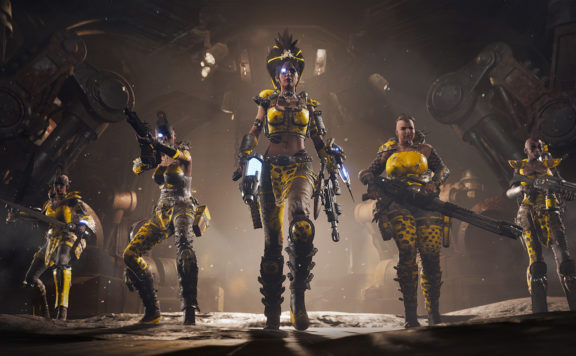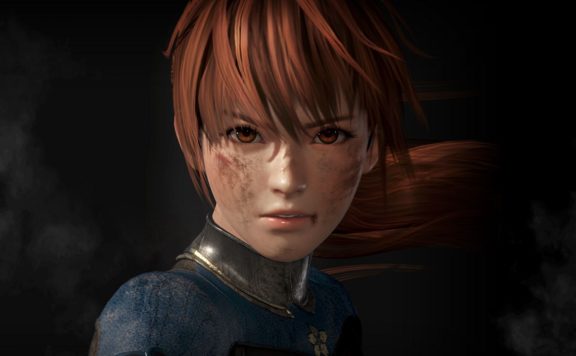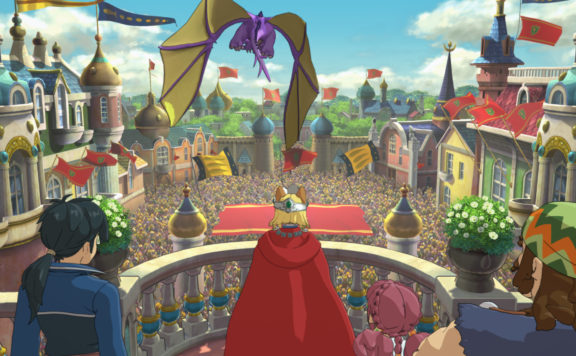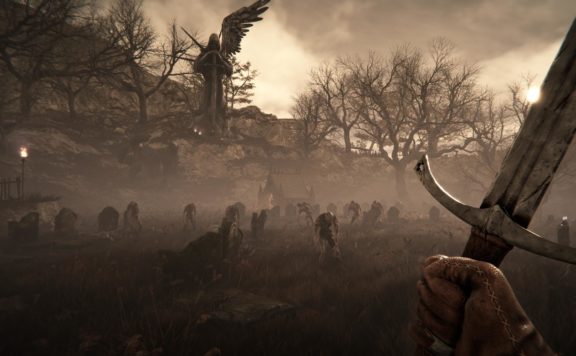It seems like Diablo 4 came out not that long ago. Since its release I’ve completed the story, played through the 3 released seasons and grew bored. Just when the aRPG players were despairing, Eleventh Hour Games’ Last Epoch was released from Early Access, where it spent 6 years, being further developed and polished.
The game’s graphics and animations are done well, but in a simpler way compared to D4 or PoE. Last Epoch also has a full offline mode, which was handy during the early days to avoid the problems faced with full online.
Much like any aRPG out there, LE literally bombards players with loot. To fix the problem, the developers have decided not to bother with reinventing the wheel and simply allowed players to expand stash capacity with gold, the main in-game currency.
From the information I’ve found (personally, I’m not quite there yet), you can create up to 100+ additional tabs if you wish. Each tab consists of 204 cells and can hold a large amount of loot. The price for opening new tabs gradually increases. Additionally, you can edit your tabs by changing the title, color, and related image as well as divide them into classes. That way, you can apply tabs to the existing specs.
Loot filter is an extremely important thing for an RPG. Not only does Last Epoch have this function, you can also set it up completely within the game itself. The system is quite simple and allows you to quickly change the conditions for displaying loot. However, if you don’t wish to bother, you can simply copy the setting of someone else’s filter.
Last Epoch features an in-game store, currently filled exclusively with various cosmetic items: skins for weapons and armor, character transmog and a number of pets. In my opinion, the assortment currently is quite poor, especially when it comes to cosmetic weapons. But seeing the in-game store of PoE and other aRPGs, I’m sure the developers will expand the assortment over time.
If you are looking for a challenge, you can enable a hidden masochist mode. To do this, in the very first location you have to find a hidden cave and kill two bears. The second one will drop special boots that reduce the damage of your character and minions by 50-75%, and increase the incoming damage by 100-200%, depending on location.
In Last Epoch, players have 5 main classes to choose from. You start with the basic specialization and later choose one of the three available advanced specs, unique in their mechanics, battle styles and abilities:
- Sentinel (Paladin, Void Knight, Forge Guard)
- Rogue (Bladedancer, Marksman, Falconer)
- Mage (Sorcerer, Spellblade, Runemaster)
- Primalist (Shaman, Druid, Beastmaster)
- Acolyte (Necromancer, Lich, Warlock)
Each class has an extremely flexible customization system, and the building structure overall is quite convenient. In some ways, it is more complex than Diablo 4 while being somewhat simpler than Path of Exile. Let me remind you that in PoE the construction of the build is created by a completely separate program where you register everything, from the talent tree in a huge circle, to stones and gear… Fortunately, Last Epoch does not feature such a system.
By choosing one of the characters, you will get a class that you need to invest 20 points into. At that point, you will get a choice of your Advanced Specialization. By spending the skill points into the subclass tree, you will unlock new abilities.
Additionally, you can choose 5 Skills that you will further specialize on and improve. Every designated skill will have its own talent branches, the leveling of which can radically change how the skill works. Taking a look at the necromancer, you summon normal skeletal mages or spec them into frost or fire. Similar thing with the Golem and other summons.
A couple of interesting moments:
Points can be spent not only on the spec you’ve chosen while level 18-20, but also on others that belong to the same archetype. Trees of other specs are only half-accessible. As you spend points, you also open class abilities.
Through quests, you can acquire 15 points out of the total of 23 available, so that you can safely skip some side-quests. In any city, you can reset your points, but it will cost a certain sum of the main in-game currency. In my opinion, this feature can be improved by taking away the need to run to the NPC.

When it comes to gear, the protagonist’s equipment consists of 12 elements:
- Main weapon
- Secondary weapon
- Helmet
- Body
- Belt
- Gloves
- Boots
- Relics
- Jewelry: two rings and an amulet/necklace
- Idols that are placed in special sockets you unlock from main and side quests
The equipment is divided into grades, from common white to legendary/set red/green. All equipment, with the exception of idols, has basic properties and a set of various random affixes. The former strengthen only certain basic aspects of the character (such as defense), while the latter are capable of strengthening all aspects in general. Not counting unique and dual variants, each item can have up to 4 affixes.
There are plenty of affixes in the game, and they’re divided into 8 categories according to what things they affect:
- Increasing the basic characteristics: strength, agility, intelligence, etc.
- Increasing the main stats: HP, mana, etc.
- Increasing armor, block, parry, and dodge chance
- Increasing resistance to a certain type of damage: one specific or all at once
- Increasing a certain type of damage
- Strengthening summoned creatures
- Increasing the chance of certain status effects
- Increasing the level of abilities
- Changes to basic HP recovery potions
CRAFT
The game features a pretty good crafting system that allows players to change their equipment in a variety of ways. To be precise, there are 3 crafting systems at once.
Basic Crafting – Forging
Pressing the appropriate hotkey opens the forge interface regardless of where you are in the world. It allows you to interact with almost any equipment, with the exception of unique, set, or legendary grade gear and idols. With it, you can add or improve existing affixes while spending basic resources, runes, glyphs, and forging potential.
By the way, runes can change the item itself, for example turn any grade into unique. Resources, runes, glyphs and other components can be acquired as a reward for various activities, as drop or when dismantling unnecessary items (resources only).
It is worth noting that they are stored in a separate account stash but for some unknown reason the developers decided not to automate this transfer.
And so upon picking up any forging materials, you will have to proceed to the inventory to manually transfer them to the material stash by clicking the respective button.
Forging potential is a kind of limiter on how many times you can change affixes on an item, since a certain amount is spent every time you commit changes. The number of charges is different for all items, some have more, some have less.
Eternity Cache
Some unique items may drop with a certain amount of Legendary Forging Potential, which can be spent on making the item stronger and turning it into a legendary. To do this, you will need an exalted item of a similar type with at least 4 affixes and a Temporal Dungeon Key due to the fact that this system is tied to a special structure within it.
The final room of the dungeon has a special machine that allows you to fuse a unique and an exalted item. After that, the unique item will become a legendary and inherit a certain number of affixes from the exalted one. The amount carried over is affected by the Legendary Potential charges, and since the affixes are carried over randomly, the fewer charges there are, the higher the chance you’ll get something you didn’t really want.
Weaver’s Will
Some unique items possess a certain amount of Weaver’s Will, which allow you to imbue the item with new affixes and turn it into a legendary. For that, you need to equip the item and set out to destroy your enemies. As you get experience, the item will periodically spend charges (this is accompanied by a notification) and receive new affixes or improve existing ones.

The world of the game is designed as your standard RPG locations, not too big to prevent them from taking too much time, usually even looped, with entrance and exit at opposing parts. There are the city hubs, there are locations for battles and quests, and even a few deep dungeons that can shorten your progress through the plot if you don’t want to play through the same thing for 2, 3, 5 times in a row. The world of Eterra is filled with diverse and surprisingly unique enemies, with every Era meeting you with its own type of enemies. You will not be running into 5 recolors of the same creature, which is very nice.
Every location is also made separately to fit with the era it reflects, but I can’t say that they are very different. For example, a port in one era is fully functional and bustling with activity, while being destroyed and only featuring broken buildings in another. The difference is visible, but sometimes you can clearly see the shoddy work on this difference of appearance.
When it comes to the plot, the game features an overarching narrative that is not currently complete. There are 30+ quests just for the main plot that will take players across 5 different timelines and eras. In each era, you will see its own piece of the plot, which will “break off” at the most interesting place as you reach the endgame.
Closer to the end of the main campaign, players will be given a quest to join one of the two existing factions, both of which are there for the same purpose: provide a certain way to simplify the process of obtaining equipment. Let’s note some important moments:
- The faction can be swapped at any time.You will maintain your reputation level with the faction, but will lose all accumulated special currency.
- You get faction currency simply by killing enemies.
- The reputation level will increase once you collect a certain amount of currency, with the maximum level being 10.
- The reputation level applies to the entire account.
- You can join different factions on different characters.
- Items obtained through a faction cannot be used after leaving the faction to avoid the obvious system abuse.
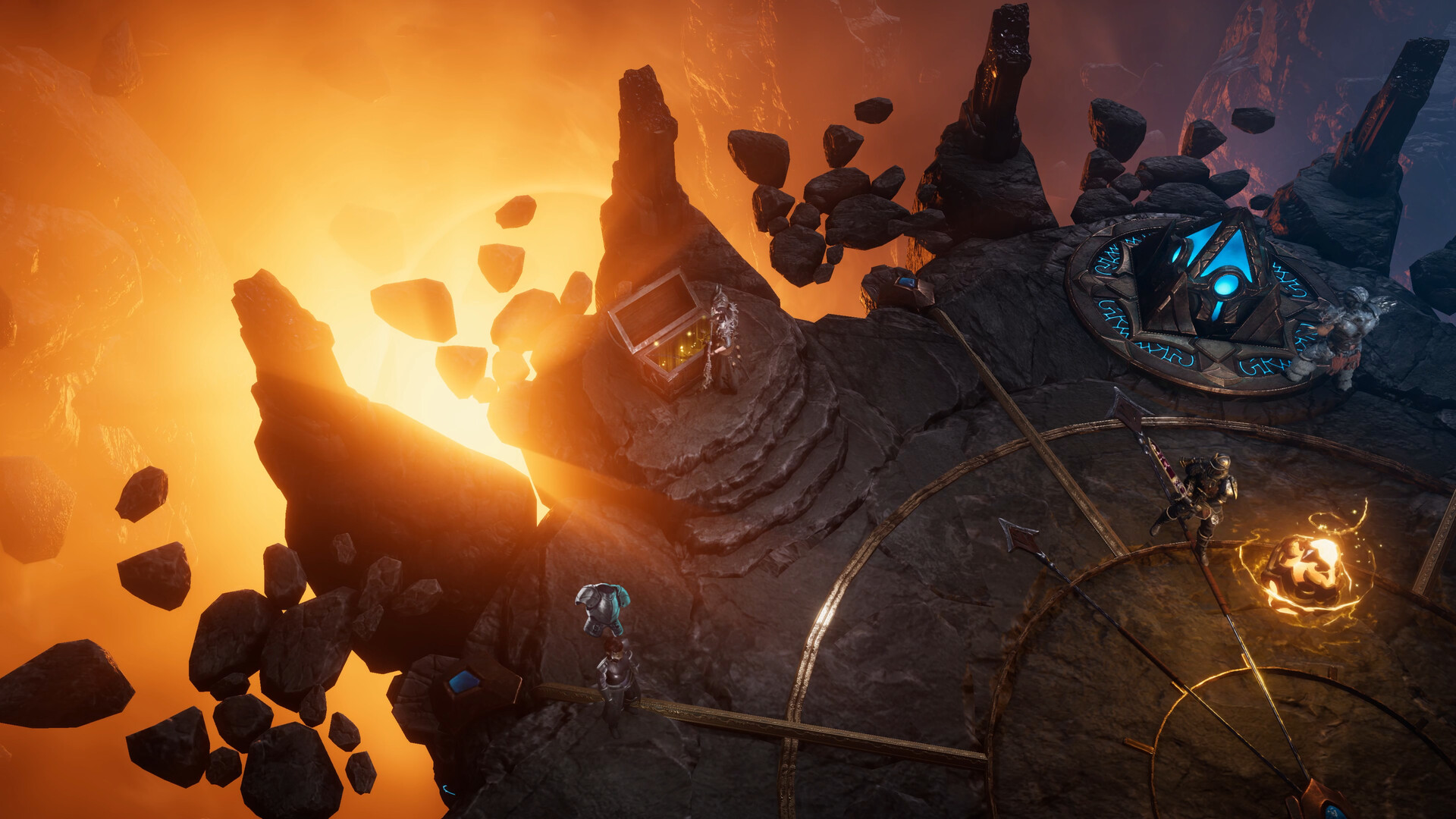
The Merchants Guild is a faction designed for trading between players.
Joining this faction opens the access to a more or less standard auction between players where you buy or sell gear – nothing else. The ability to buy a certain type or grade of equipment is linked to your reputation. For example, unique items with legendary potential can be purchased starting from reputation level 6, and legendary ones require level 9. The ability to sell items is not linked to the reputation.
You buy the items from the auction house using the game’s main currency and the faction currency, upon selling the item it is up to you to indicate how much you’d like to receive.
You can also purchase equipment of a certain grade with random affixes from the faction NPC using faction currency. The grade is once again tied to your reputation level, and legendary items will appear at the merchant only after you reach the maximum level.
Circle of Fortune is a faction centered around completing various activities.
Joining the faction allows you to buy prophecies using the faction currency. They are a kind of a contract that will ask you to X in activity Y. For example, kill enemies of a certain type in Monoliths. Purchased contracts are placed in a special tab of the interface until completed, its total capacity being 48 cells.
The reward for finishing a contract is issued immediately after its completion, it is simply tossed to the ground as your usual loot. You acquire these through the telescopes, of which there are 4 total. You can purchase lenses from a certain NPC that would give certain bonuses or effects. For example, if you wish, you can completely block a certain activity type so that it doesn’t appear among the prophecies.
Each telescope has 3 cells for lenses, with the first one being available right away. The second is unlocked at faction reputation level 5 while the third becomes available upon reaching level 9.
Much like with the other faction, you can purchase equipment of a certain grade with random affixes from a special NPC using faction currency. The grade is again tied to your reputation level, and legendary items will appear at the merchant only after you reach the maximum level.
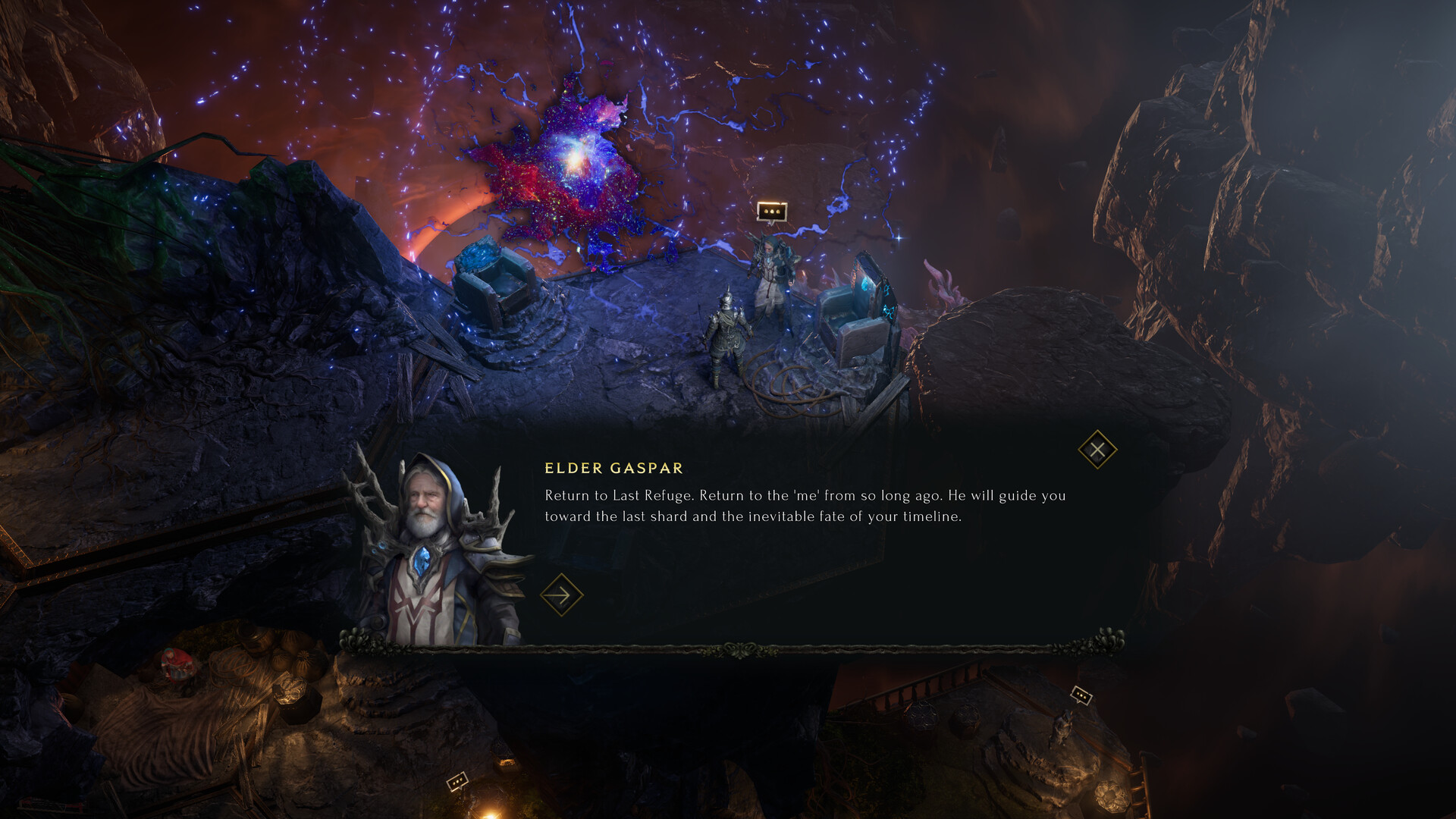
Endgame Activities
Endgame – Monoliths
The Monoliths are 10 small islands of alternate reality, located at the end of time. The islands differ from each other in the final boss as well as loot and level (from 58 to 90 in the training version, 100 in the hard version).
Every island has a rhombus, after the activation of which an activity interface occurs, presented in the form of a web that consists of interconnected light and dark areas. Choosing the light area will give you a clue:
- Modifiers for players and enemies.
- Main reward.
- Fixed amount of additional stability
If you successfully complete a section, the collected energy of stability fills the progress bar at the top of the interface. As soon as you reach certain marks, special tasks become available, of which there are only three.
Having completed them all one-by-one, you will be able to take on the final boss of the island to receive a reward.
The process of passing through the section looks something like this: you find yourself in a location where you need to complete a task that can be either fixed or random. You will get a special additional energy scale that will fill as you kill opponents.
After completing the main task, you will be faced with a following choice:
- Use the portal and return to the island to get the main reward and some energy. The reward is contained in 2 objects – the floating rhombus gives the one indicated in the hint, and the chest gives a random one.
- Finish filling the energy bar, thereby collecting the maximum energy offered, and only then return to the island.
Also, killing the final boss of the island gives a special reward, a permanent bonus that affects the drop chance or character’s characteristics. After completing the light area, you will unlock the dark areas connected to it and, so to speak, remove the fog of war and unlock more areas.
There are 2 types of areas: regular and special. For example, the latter can include the following: Beacons, Monolith of Corruption, and more. Corruption Energy is the global modifier you should pay attention to. On a permanent basis, it increases the HP reserve and damage of enemies, the amount of experience gained and the grade of items.
The more energy you get, the stronger the modifier will be. The harder version of the Monoliths starts with 100 units with the modifier strength being +60%. This version also has an expanded pool of buffs for defeating the final bosses, with new interesting options. Of course, there are also additional rewards compared to the regular version.
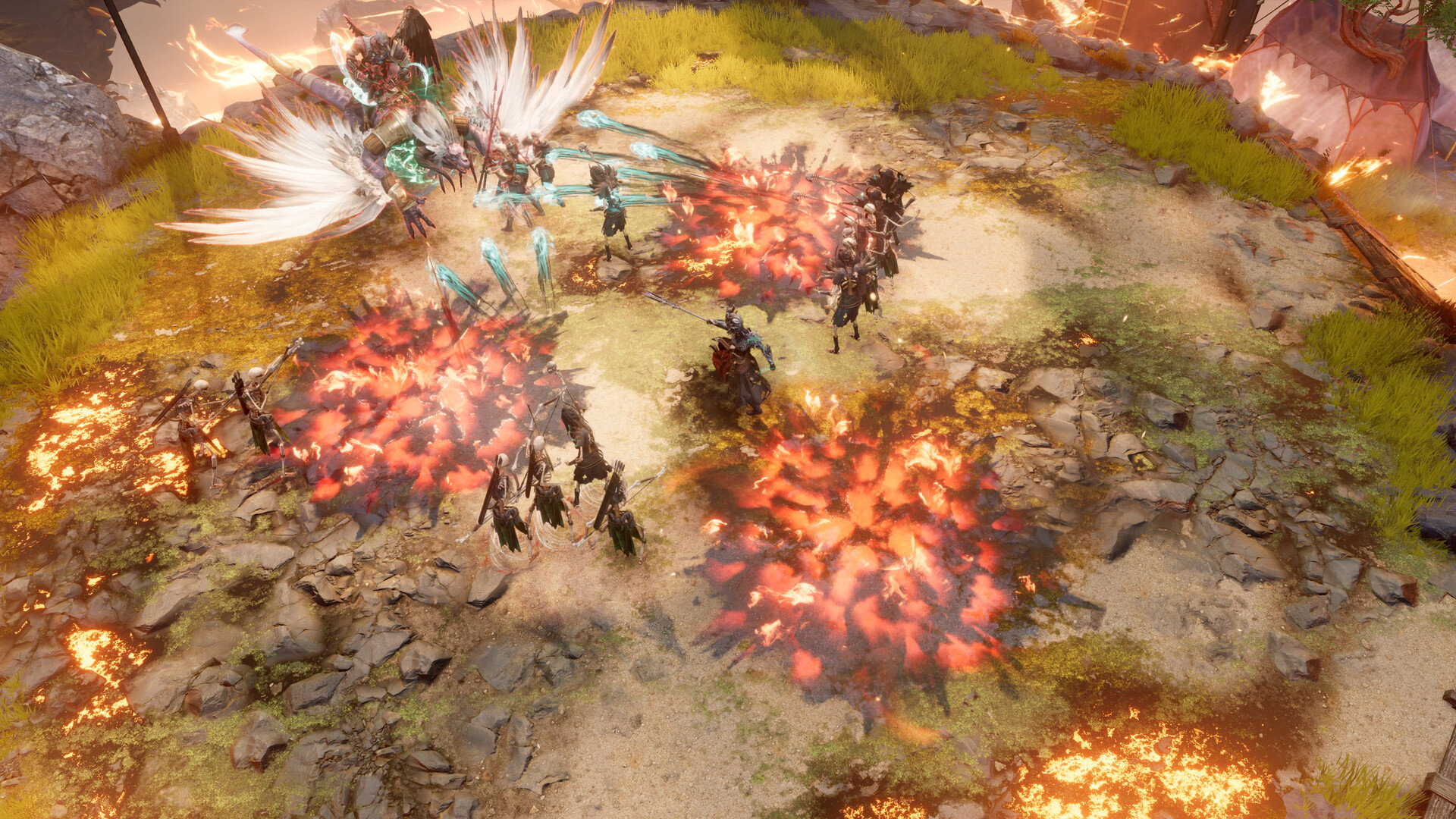
Dungeons
The second endgame activity is the dungeons, there are currently three of them. They are built according to the same scheme: moving from location to location, you need to find the final boss room. The three dungeons differ in special basic mechanics, the featured boss, the loot tied to it, as well as the last room.
Each has 4 levels of difficulty, the higher it is, the stronger the opponents are and the better reward you will get upon successful completion.
- The Temporal Sanctum. The key mechanic is the ability to move between two realms. You will use it to find the boss’s room and then directly when fighting the boss in order to avoid special attacks that deal huge damage.
- Soulfire Bastion. The key mechanic is the ability to activate a special shield that operates in 2 modes: in the first it provides protection from fire, in the second from necrotic damage.
- Lightless Arbor. The key mechanic is a small light source that flies behind the character. It is needed for two things: killing enemies as they have a hefty damage reduction while in the shadows, as well as burning the Arbor’s roots. When you receive damage, you lose source charges and the light around the character gradually dims. Charges can only be replenished by destroying a special enemy, the amber elemental.
Arena
The third and final endgame activity is the arena. At the moment there is only one arena and to access it you also need a special key.
The essence and basic mechanics of the activity are banally simple: choose a level and attempt to survive for 40 waves, after which you take on the arena champion. Upon certain waves you will be given an option to improve the loot pool, but the enemies will be strengthened accordingly.
In addition to the regular levels, there is also an endless mode where you just need to survive as long as possible.
Last Epoch is an impressive aRPG that features a web of interconnected systems and activities. The game’s time in Steam Early Access served its purpose and, rough launch and some rougher edges notwithstanding, it delivers a smooth and enjoyable experience. Not as simple as Diablo 4, and not as complex as Path of Exile, Last Epoch has something for everyone, from the casual dungeon divers to the minmax lovers ready to chase that elusive stat.
Note: the game is a verified purchase by the author.
Similar to: Diablo, Path of Exile



